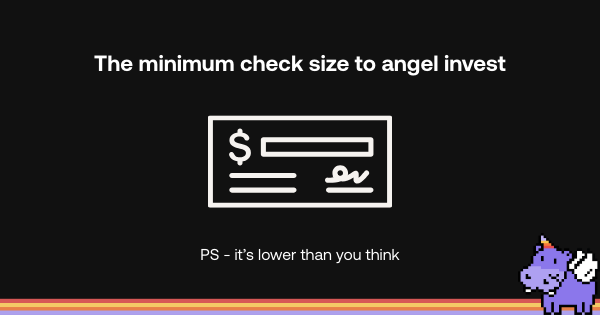How to Build a Compelling Business Model for VC Funding
Welcome to your resource on building compelling business models that can catch the eye of venture capitalists. If you're looking for ways to elevate your startup and secure funding, you've stumbled upon the right place. At Angel Squad, we help founders like you connect with investors and refine your business strategies. Let's dive into what makes a business model irresistible to VCs.
Start with a Solid Value Proposition
When constructing your business model, clarity about your value proposition is crucial. What problem does your product or service solve? Are you making life easier, cheaper, or more delightful for your customers? VCs want to invest in companies that not only have a great offering but also one that stands out in the crowded market. A compelling value proposition clearly states how your solution is different and better than the competition. Consider narrowing down your target audience to craft a more personalized message. The more direct your offering speaks to a specific niche, the more appealing it becomes.
Understand the Market Size
You might have heard that size matters, and in this case, it totally does! VCs often look for startups targeting large, scalable markets. Conduct thorough market research to define your Total Addressable Market (TAM). For instance, if you’re building a health tech application, does it have the potential to serve millions of users across regions? Think big, but be realistic. Every expansion effort should be grounded in data. A compelling business model includes a thorough analysis of competitors, potential customers, and the feasibility of your growth trajectory.
Nail Down Your Revenue Model
Venture capitalists are essentially investing in the future revenue of your company. So, it’s a no-brainer: you’ll want to delineate how you’ll make money. Will you rely on subscription fees, one-time sales, or an ad-based model? Let’s take Netflix as an example. They successfully transitioned from a DVD rental service to a subscription model, capturing a staggering number of users worldwide. This kind of innovative shift shows investors that you're open to evolving and optimizing your business model. Focus on creating multiple revenue streams where applicable. This diversification can be a significant draw for investors looking to mitigate risk in their portfolios.
Keep an Eye on Unit Economics
Unit economics is a fancy way of saying, “What does it actually cost to deliver your product?” This includes everything from production costs to distribution and marketing expenses. If you don't keep unit economics in check, you could find yourself in hot water. Imagine you’re running a food delivery startup. Each order costs you $30 to fulfill, but you only charge customers $25. Does that sound sustainable? Not quite! Investors will scrutinize your unit economics to ensure there’s a healthy margin between your customer acquisition cost and the lifetime value of a customer. It’s essential to refine this metric continually. As you scale, look for ways to improve efficiencies, whether through bulk buying, automating processes, or leveraging data analytics to know when to adjust your pricing.
Build a Path to Scalability
Venture capitalists are on the hunt for big returns, essentially searching for that next unicorn. So, you’ll need to articulate your plan for scaling your business. Share a roadmap that includes phases for expanding your market reach, product line, or geographic presence. Uber provides a classic case of an agile scaling model. They began with ridesharing in San Francisco and expanded to dozens of cities and services, including Uber Eats. Investors are more likely to put their money on a startup that can adapt and grow rapidly. Don’t just share a vision; provide a scalable strategy that shows how the business could grow exponentially.
Real-World Insights from Successful Startups
Understanding how others navigated their journeys can compellingly illustrate your business model’s viability. Take inspiration from companies like Slack, which began as a gaming company but pivoted to a workplace messaging product after realizing its primary interest lay elsewhere. Their business model now hinges on providing a seamless communication platform for teams,this is a powerful reminder that flexibility in your business model can open unforeseen opportunities. You might even consider reaching out to mentors or peers in the Angel Squad community. They have lived experiences that could propel you toward success.
Crafting a business model worthy of VC funding takes creativity and strategy. If you can clearly articulate your value proposition, thoroughly understand the market, nail down your revenue model, keep unit economics in check, and build a roadmap for scalability, you’ll be well on your way to capturing investor interest.
For more advanced guidance on fortifying your business model for VC funding, consider joining Angel Squad. Enrich your knowledge and connect with individuals who share your entrepreneurial spirit.






.png)



